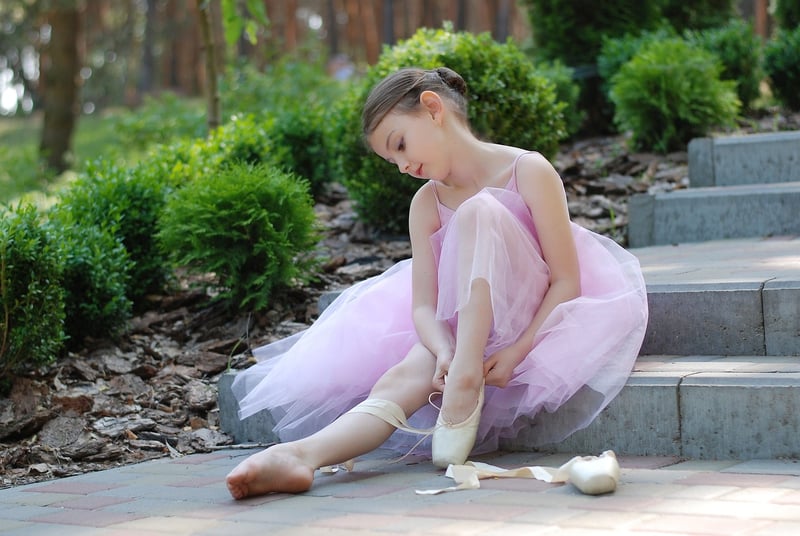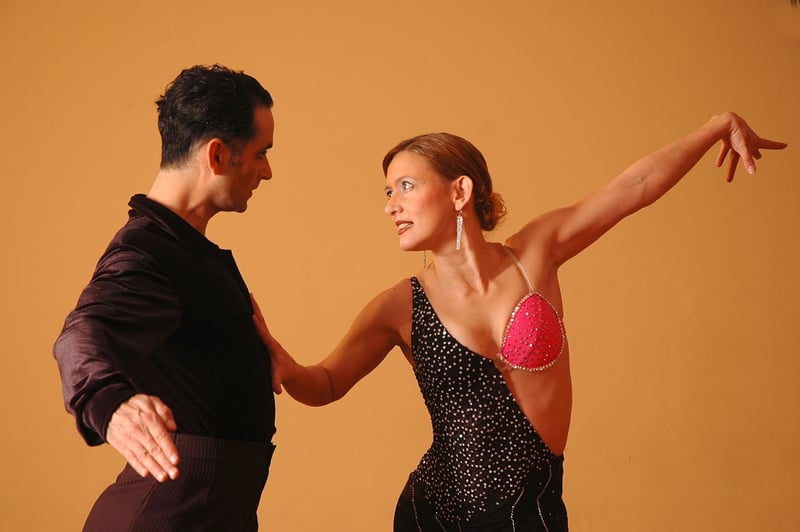Latin Dance
The Art of Expressive Movement in Latin Dance
Latin dance is a vibrant and passionate form of expression that encompasses a rich cultural heritage. When combined with the art of expressive movement, it takes on a whole new level of emotion and intensity.
What is Expressive Movement?
Expressive movement involves using your body to convey emotions, tell a story, or express a mood through dance. It goes beyond just executing steps and routines, focusing on the intention and feeling behind each movement.
The Fusion of Expressive Movement and Latin Dance
Latin dance forms such as salsa, bachata, and tango are already known for their passion and flair. When dancers incorporate expressive movement into these styles, they can truly connect with the music and their partner on a deeper level.
Benefits of Adding Expressive Movement to Latin Dance
- Enhanced emotional connection with the music
- Improved communication with your dance partner
- Increased creativity and individuality in your dancing
- Heightened overall performance and audience engagement
How to Incorporate Expressive Movement
To add expressive movement to your Latin dance routines, focus on the following:
- Listen to the music and let it guide your movements
- Pay attention to your facial expressions and body language
- Connect with your partner on an emotional level
- Practice improvisation to enhance your spontaneity and emotional range
Conclusion
Expressive movement adds a whole new dimension to Latin dance, allowing dancers to convey their emotions and connect with their audience in a powerful way. By incorporating this art form into your dance practice, you can take your skills to the next level and truly immerse yourself in the beauty of Latin dance.

